Musical Instrument
Our guide dives into the history, types, and techniques of musical instruments used across the world. From string to wind, percussion to electronic, we explore the unique sounds and cultural significance of instruments, helping both musicians and enthusiasts expand their knowledge and appreciation.
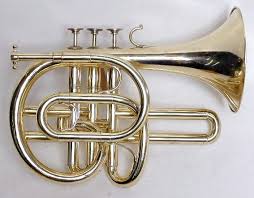
Cornopean
The Cornopean was a 19th-century brass instrument, a type of cornet with a conical bore and cup-shaped mouthpiece, used in military and brass bands. It had a distinctive sound and was often used to play melodies and lead parts in ensemble performances.
Read More 
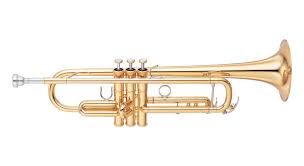
Trumpet
The trumpet is a brass musical instrument that is played by blowing air through closed lips, causing the lips to vibrate and produce a sound. It is a member of the brass family of instruments and is used in a wide range of musical genres, including classical, jazz, and marching bands.
Read More 
Advertisement
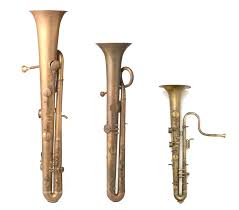
Ophicleide
The ophicleide was a 19th-century brass instrument with a conical bore, similar to a tuba. It provided a deep, powerful bass sound in orchestras and military bands before being replaced by the tuba.
Read More 
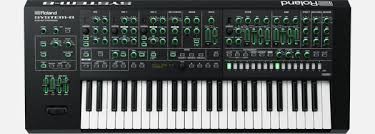
Roland System-8
The Roland System-8 is an electronic music synthesizer. It is a powerful and versatile instrument that combines analog and digital synthesis technologies. The System-8 features a range of advanced sound-shaping capabilities, making it a popular choice among electronic music producers and performers.
Read More 
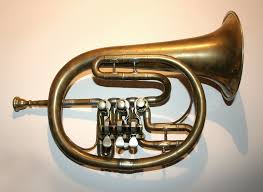
Kuhlohorn
The Kuhlohorn is a brass instrument that originated in Germany. It is a type of French horn, characterized by its distinctive conical shape and mellow tone. The Kuhlohorn is often used in traditional German folk music and has a unique, warm sound that sets it apart from other brass instruments.
Read More 
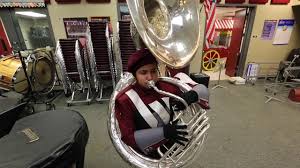
Sousaphone
The sousaphone is a large, circular brass instrument, a variant of the tuba, commonly used in marching bands and parades. Developed by American bandleader John Philip Sousa, it produces a deep, resonant sound and is an important part of the brass section in many musical ensembles.
Read More 
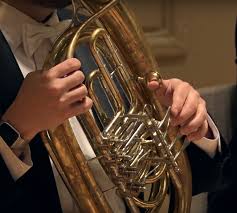
Wagner Tuba
The tuba is a large, low-pitched brass instrument that is part of the brass family. It was developed in the 19th century and is commonly used in orchestras, bands, and marching bands. The tuba is known for its deep, resonant sound and provides a solid foundation for the ensemble.
Read More 
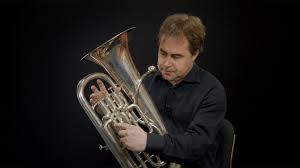
Euphonium
The euphonium is a brass musical instrument that is a member of the low brass family. It is a conical-bore instrument, similar in appearance to a baritone horn, but with a wider, deeper, and more prominent bell. The euphonium is typically used in concert bands, brass bands, and marching bands.
Read More 
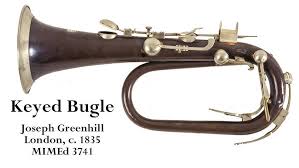
Keyed Bugle
The keyed bugle is a brass instrument developed in the 19th century. It has keys that allow playing a chromatic scale, unlike the natural bugle. The keyed bugle was an important instrument in military bands and orchestras during the Romantic era.
(45 characters)
Read More 
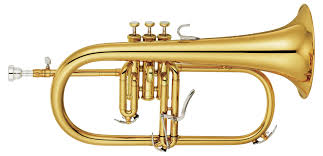
Flugelhorn
The flugelhorn is a brass instrument similar to the trumpet, with a wider, more conical bore, producing a mellow, warm tone. It is commonly used in jazz and concert bands.
(45 characters)
Read More 

Cornetto
The cornetto is a Renaissance and Baroque brass instrument with a wooden body and cup-shaped mouthpiece, popular in 16th-17th century music.
Read More 
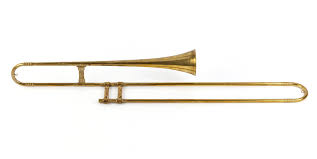
Sackbut
The sackbut is a brass instrument, the precursor to the modern trombone, widely used in Europe during the Renaissance and Baroque periods. It has a slide mechanism to change pitch and a distinct, mellow tone, commonly used in ensembles and sacred music.
Read More 
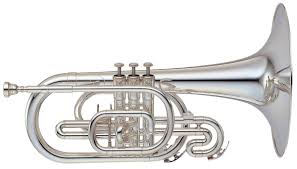
Mellophone
The mellophone is a brass instrument similar to the French horn, used in marching bands and drum corps. It has a conical bore and bell-shaped end, producing a warm, mellow tone. Played with a cup-shaped mouthpiece, it is held with the right hand inside the bell.
(47 characters)
Read More 
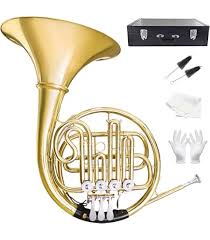
Post Horn
The post horn is a brass instrument used to signal the arrival of mail coaches in Europe, particularly in Germany and the UK. It is a straight, conical-bore instrument without valves or keys, typically pitched in G or F.
Read More 
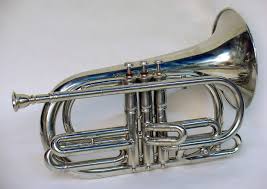
Alto Horn
The alto horn is a brass instrument in the E-flat key, similar to the French horn but with a smaller bore and more compact design. It is commonly used in military, brass band, and some orchestral settings.
Read More 
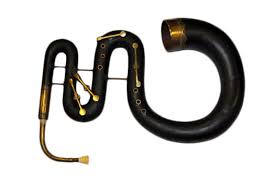
Serpent
The serpent, a 16th-17th century brass instrument, had an S-shaped body and mellow tone. It was used in church and military music, contributing to brass instrument development.
Read More 
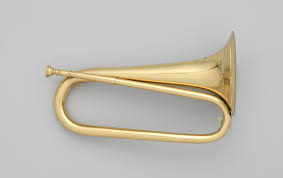
Bugle
A bugle is a brass musical instrument that is typically used in military and scouting contexts. It is a simple instrument with a conical bore and a cupped mouthpiece, producing a limited range of notes. Bugles are often used to signal events or commands, such as reveille, taps, or charge.
Read More 

Tenor Horn
The tenor horn is a brass instrument that is part of the brass instrument family. It is a member of the saxhorn family and is pitched in the key of B-flat. The tenor horn has a mellow, warm tone and is commonly used in brass bands and military bands.
Read More 
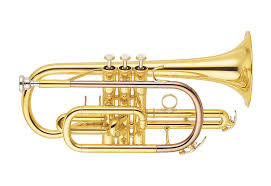
Cornet
The cornet is a brass musical instrument similar to the trumpet, but distinguished by its conical bore and more compact shape. It is a member of the brass instrument family and is commonly used in concert bands, marching bands, and brass ensembles.
Read More 
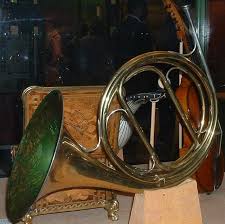
Natural Horn
The natural horn, a predecessor to the modern French horn, was widely used in classical music during the 17th-18th centuries. Its distinctive sound and role in Baroque/Classical music declined as the modern horn became more prevalent.
Read More 